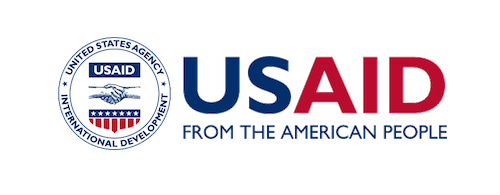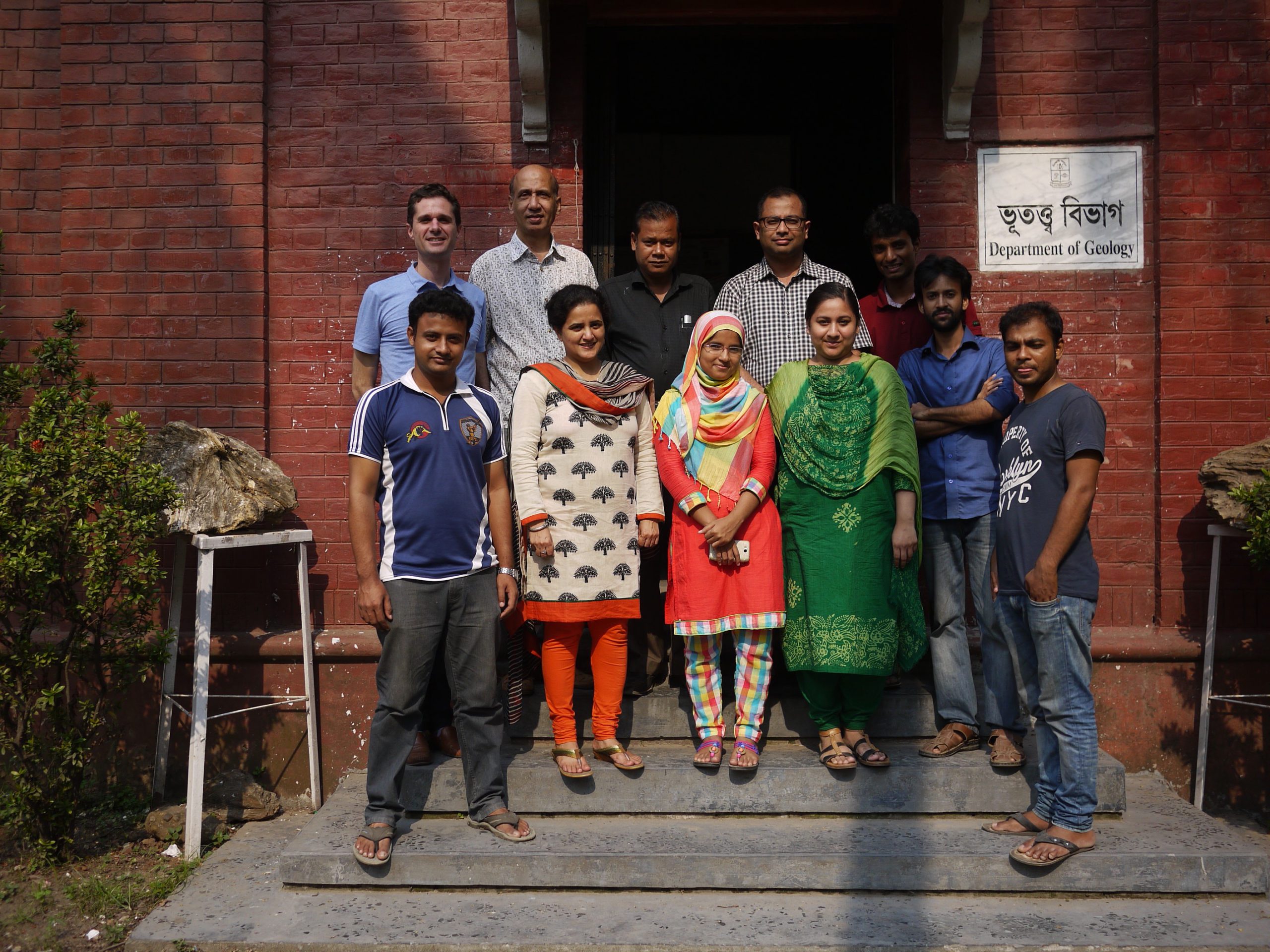
The Pure Earth team in Bangladesh.
When we returned to the small village of Kathgora, Bangladesh, just months after our remediation work, we found to our delight that the impact was already measurable in the healthier children we saw.
Before our cleanup, tests of 75 children under the age of seven revealed that all had elevated lead levels ranging from 8 μg/dL to as high as 47 μg/dL. The average blood lead level was 21.3 ug/dL. (While there is no safe level of lead, 5 µg/dl is the level which calls for action in the U.S.) Just nine months after our cleanup, we found that children’s average blood lead levels in Kathgora dropped on average by 4.3 ug/dL.
Now, we have news that blood lead levels have fallen even further. We just finished our third and final round of followup testing and results show that a year and a half after our cleanup project, blood lead levels have dropped by an average of 9.1 ug/dL– a 42% reduction on average among children tested all three times!
While still elevated, the reduction is significant. Studies have shown that for each five microgram increase in blood lead, a person loses about 1.5 IQ points. We expect children’s lead levels to continue to fall now that their community has been remediated, and we have great hopes of seeing their full potential restored.
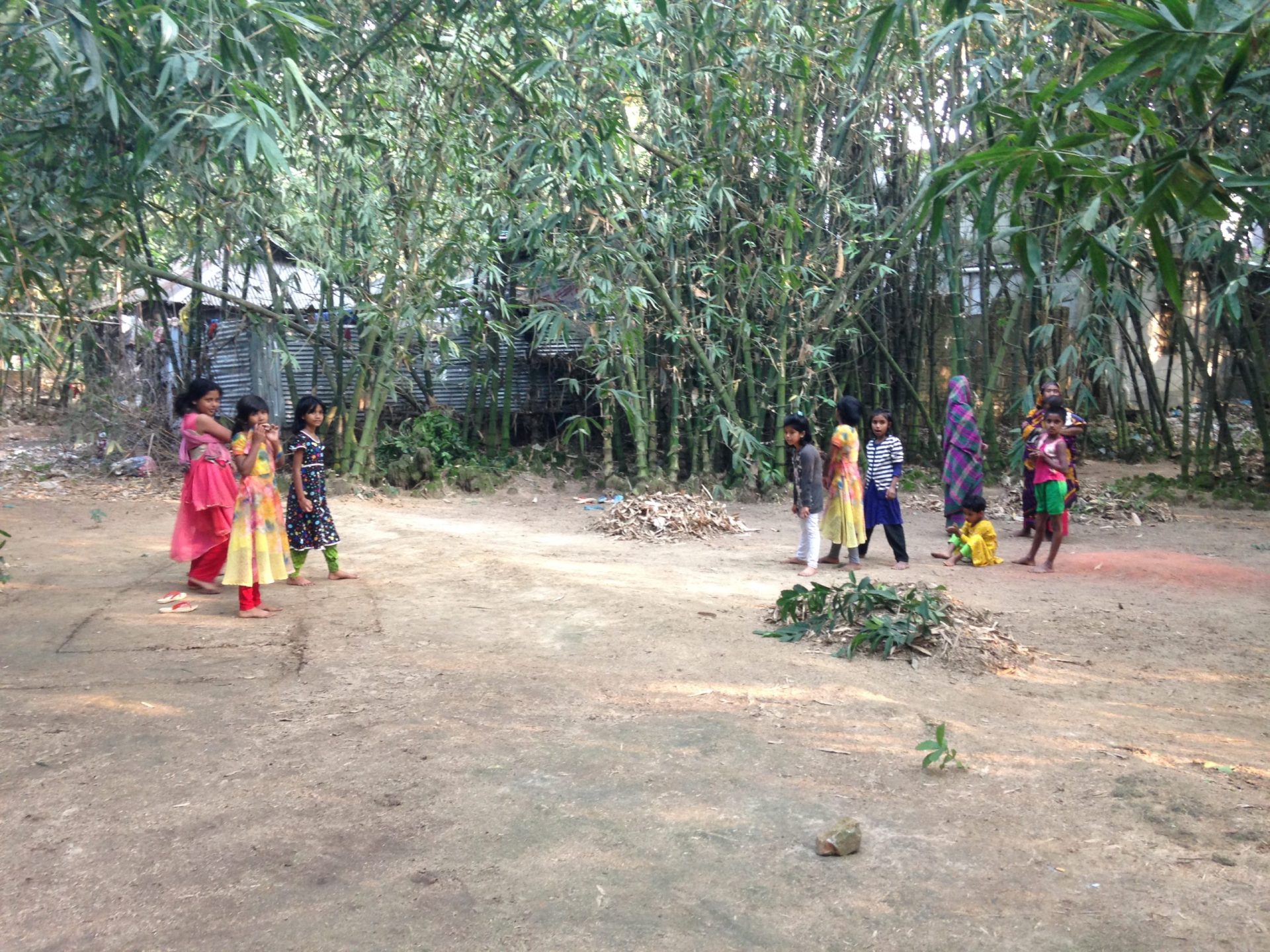
Children play regularly in this area, which had lead concentrations exceeding 100,000 parts per million.
When we first visited Kathgora in 2016, we found children playing in two former used lead-acid (car) battery recycling sites that had lead concentrations exceeding 100,000 parts per million. (In the U.S., the EPA level of concern for residential soil is 400 ppm.)
Battery recyclers had been breaking batteries and smelting lead in open furnace pits. By the time they stopped work and disappeared, not only was the site highly contaminated, but lead had also spread to nearby homes and a bamboo forest, where the community harvested bamboo for sale, and where children also played.
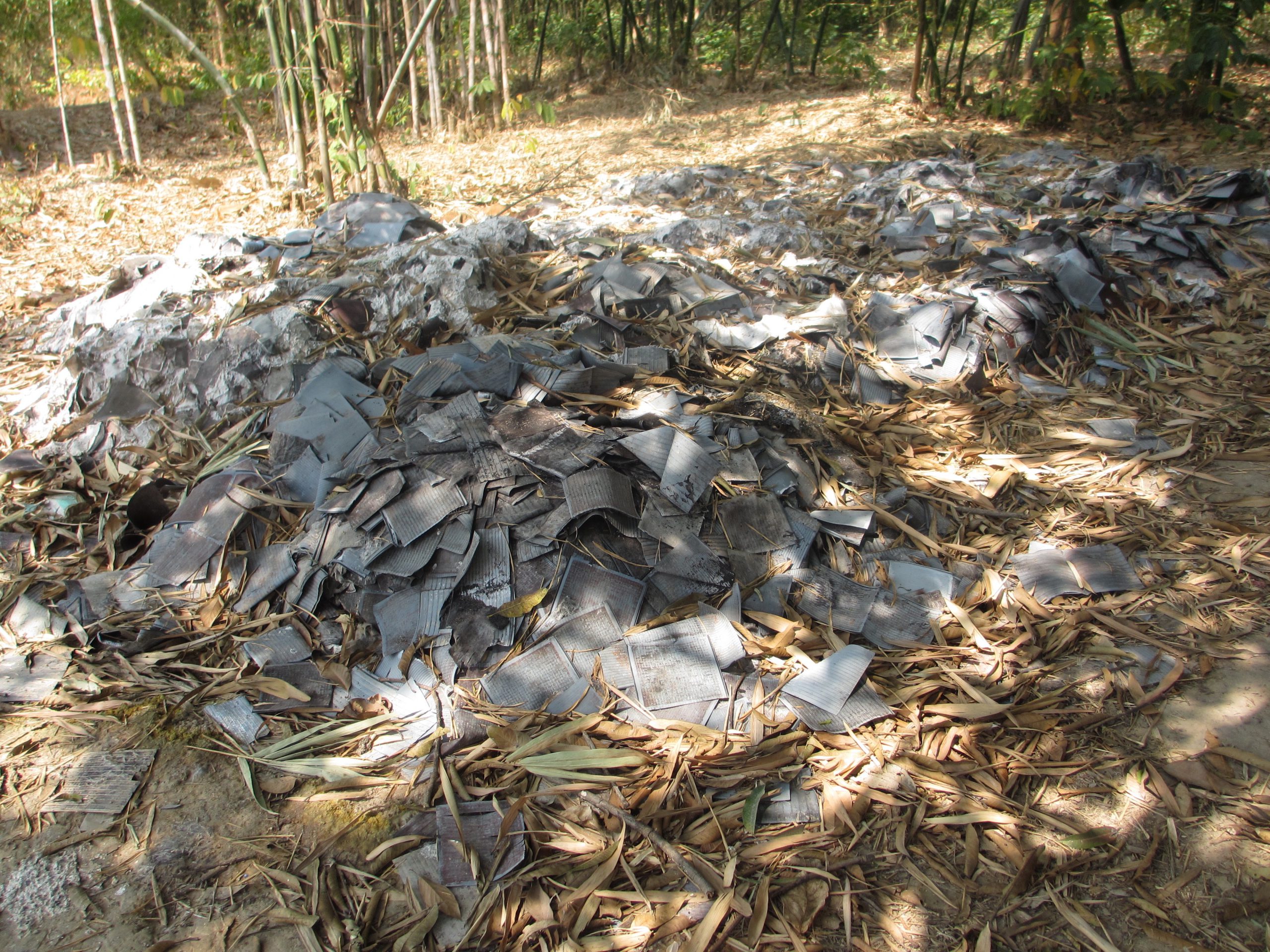
Children were playing on piles of contaminated battery waste like this.
Some experts consider lead to be the #1 environmental health threat facing children worldwide. In Bangladesh, a team of Pure Earth investigators were able to find and confirm lead pollution at 94 sites in just four provinces. (The problem is equally acute in neighboring India.)
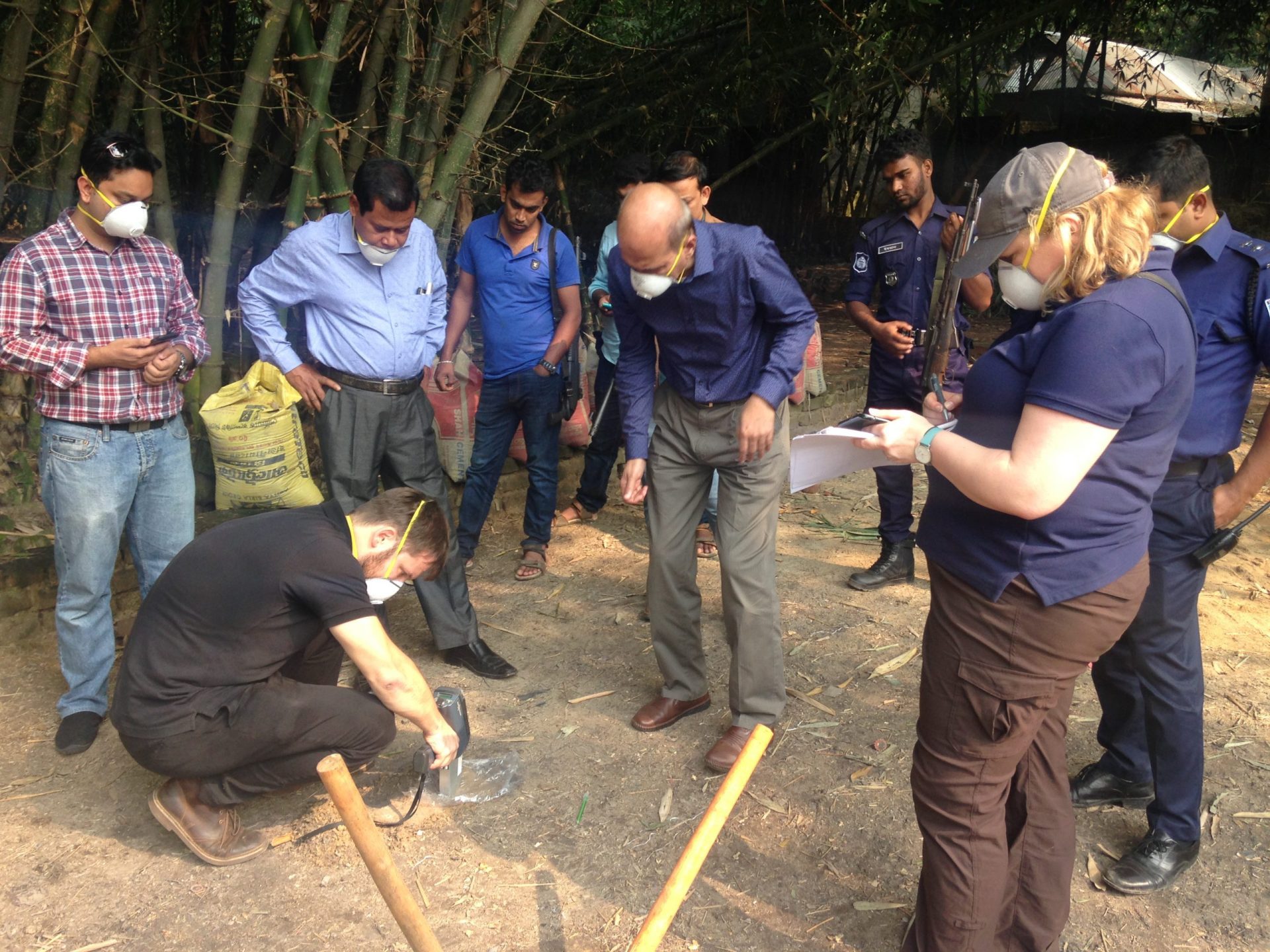
The Pure Earth team measuring lead levels in the bamboo forest with a hand-held XRF (X-ray fluorescence) analyzer, which can identify toxic particles in soil in about 30 seconds.
Pure Earth’s cleanup of Kathgora was simple, low-cost, and carried out by local workers. Its success, with proven results, effectively demonstrates how this cleanup can be replicated across Bangladesh. In fact, Pure Earth has conducted similar cleanups with similar successes in communities from Vietnam to Colombia.
Most importantly, the project has succeeded in raising awareness about the dangers of lead, and educating the community about how to protect themselves from lead poisoning. Kathgora residents are now better equipped to stop future contamination and poisoning.
Watch the video below to see how the cleanup of Kathgora was done.
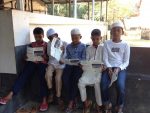
Children reading educational material distributed in Kathgora.
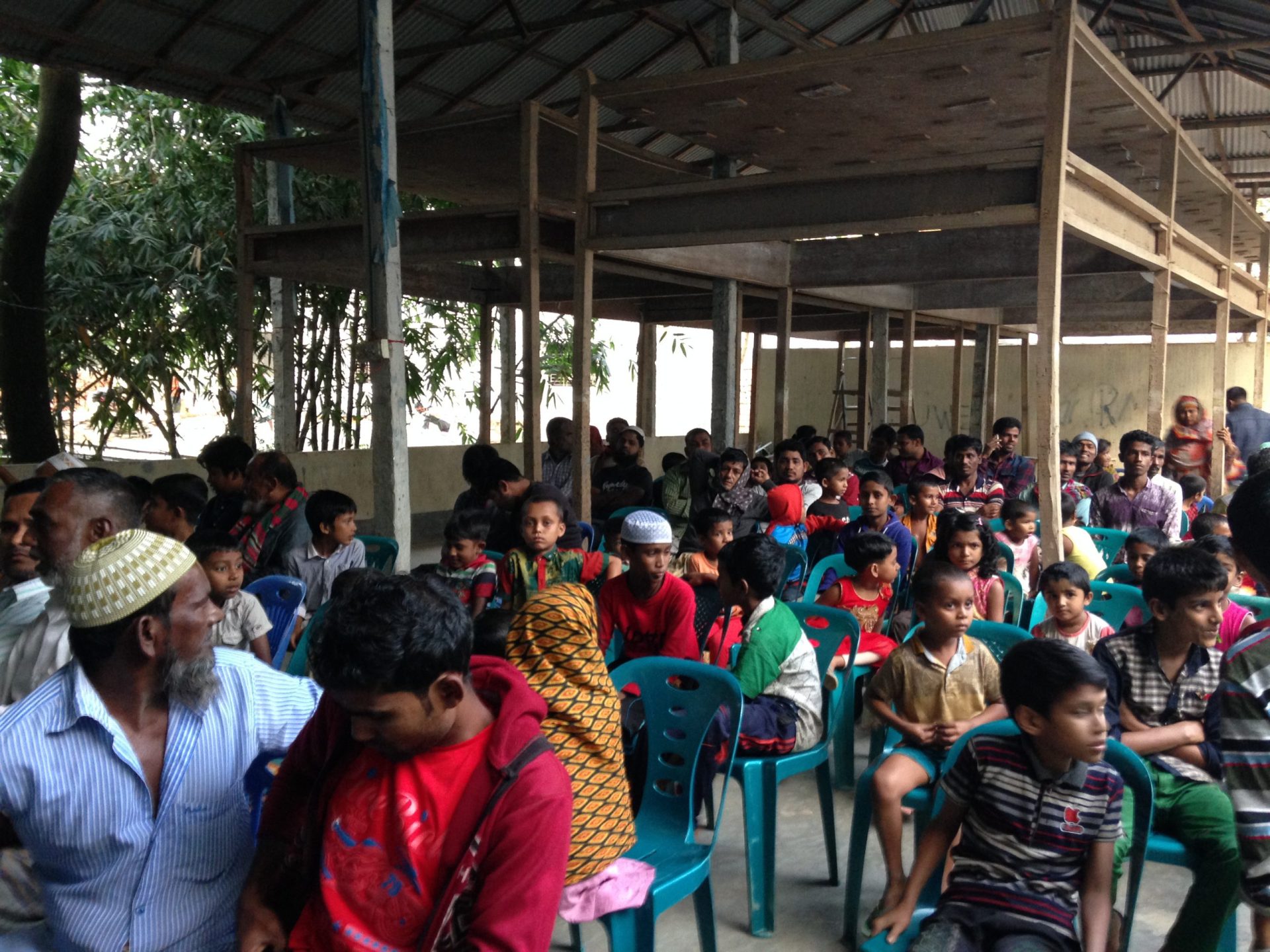
Community meetings were held to educate residents about lead poisoning, and inform them about the cleanup taking place.
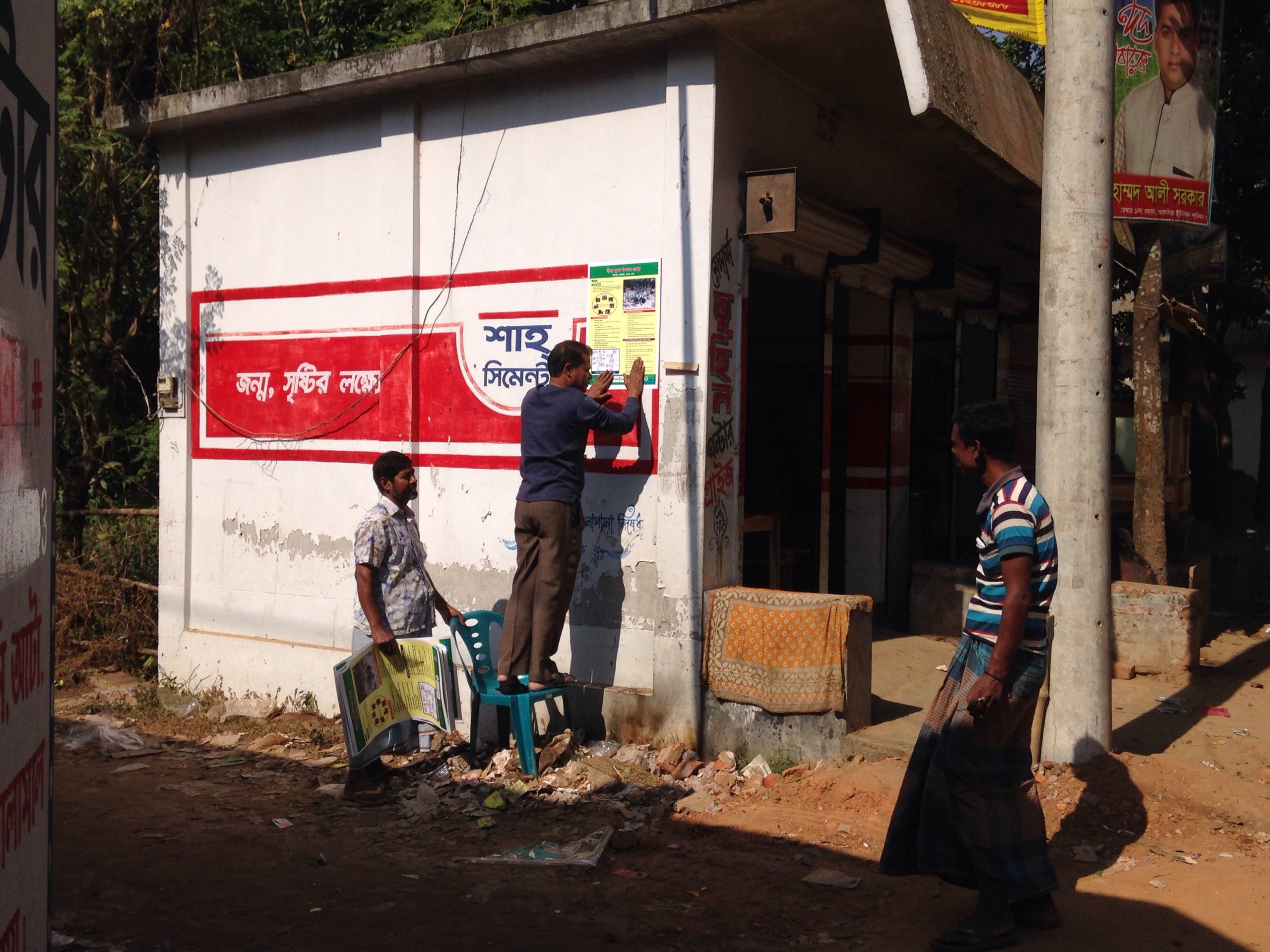
Posters were hang up around town.
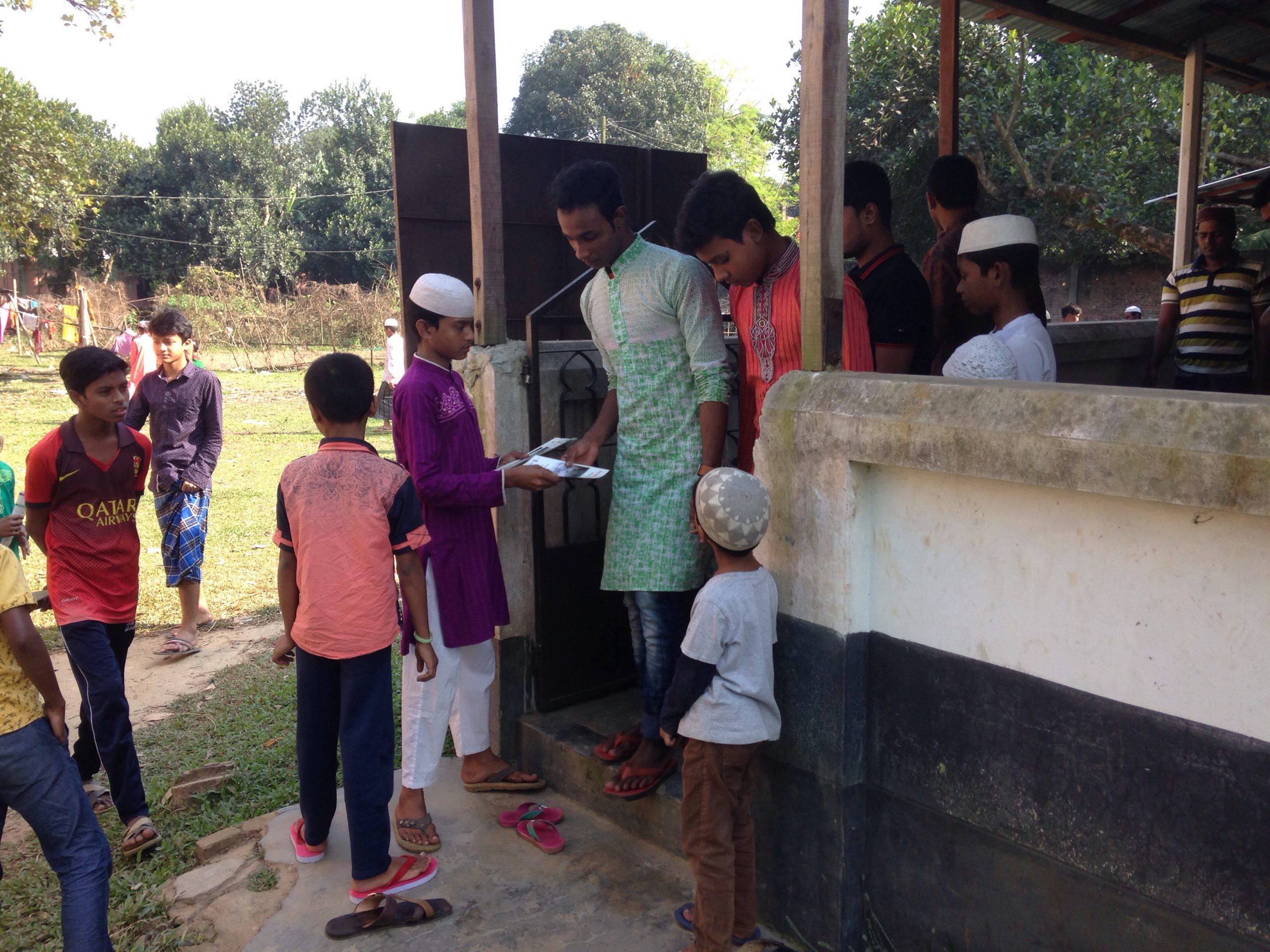
Pure Earth team members went door to door to talk to residents.
Local partners include the University of Dhaka, the Bangladesh Department of Environment, and the International Centre for Diarrhoeal Disease Research, Bangladesh.
This project was in part supported by UNIDO, the European Commission, and USAID.


